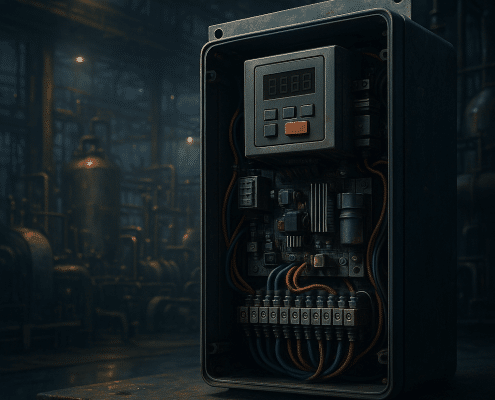
AC Motor Speed Controller: Complete Engineering Guide
Upgrade your motor systems with precision. An AC motor speed controller (VFD) transforms fixed AC into controlled frequency and voltage, ensuring motors run only as fast as the job requires. This not only reduces energy waste by up to 50% in fan and pump systems but also extends equipment life, improves process control, and enhances safety compliance. From ABB’s advanced Direct Torque Control to Yaskawa’s legendary reliability, modern drives deliver measurable savings and reliability gains. Discover how to specify, install, and optimize your next drive project with Precision Electric’s comprehensive guide.
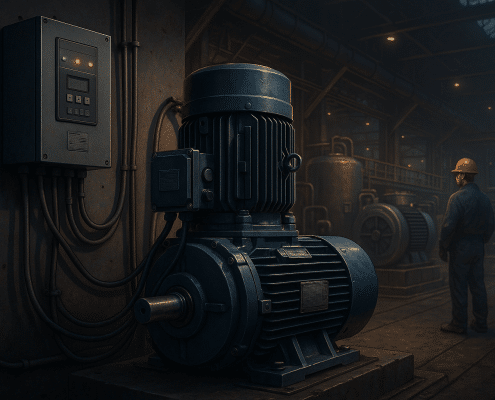
VFD Motor: How To Specify, Install And Optimize
A VFD motor system gives you precise control over speed, torque, and efficiency. By matching motor performance to load demands, companies regularly see 20–50% energy savings while extending equipment life. This guide explains how VFDs work, key risks to avoid, and best practices for installation and maintenance.
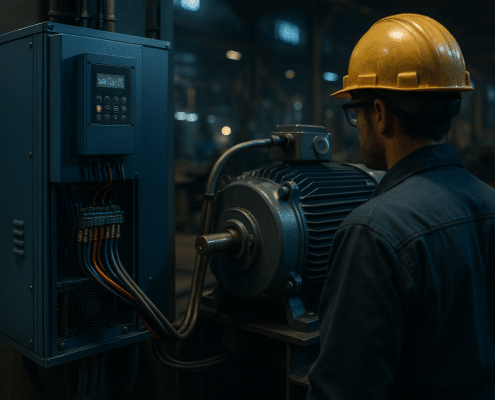
VFD And Motor: Proven Methods To Maximize Efficiency
Boost efficiency and extend motor life with the right VFD and motor pairing. This article breaks down proven methods to cut energy costs, improve process control, and reduce mechanical stress—supported by real-world case studies from leading manufacturers. Discover best practices, technical considerations, and product recommendations to ensure your system performs at its peak.
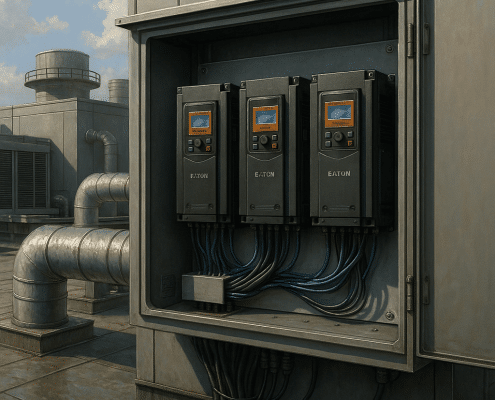
Eaton VFD Drives: Technical Guide & Real‑World Savings
Precision Electric’s newest technical guide shows how Eaton’s PowerXL family slashes HVAC, pump and conveyor costs while meeting IEEE 519 and UL 61800-5-1 straight out-of-the-box. Learn why built-in 5 % DC chokes, Active Energy Control and SIL 3 Safe Torque Off give Eaton an edge over ABB, Yaskawa and Lenze—plus see real-world case studies that paid back in under 18 months. Dive into installation best-practices, harmonics tips and model-by-model recommendations inside the full article.

AC Variable Speed Compressor – Technology, Benefits & Best Practices
Traditional fixed-speed compressors waste energy and punish components with harsh start-stop cycles. Our latest guide explains how pairing a compressor with a Variable Frequency Drive lets the motor track real-time demand—cutting power use up to 50 %, trimming noise, and extending equipment life. See proven case studies and get practical sizing tips that pay for themselves in under two years.
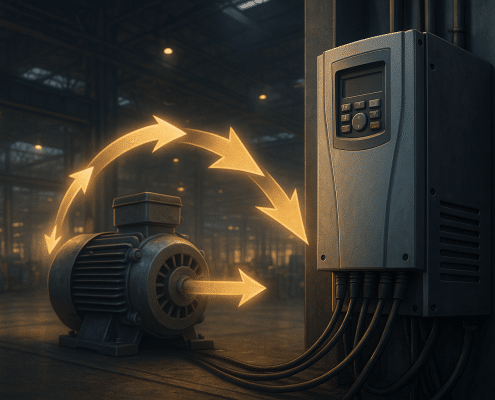
Variable Speed Drive — Boost Efficiency & Cut Energy Costs
Electric motors swallow nearly 70 % of industrial electricity, yet most run faster than necessary. Our latest guide shows how a Variable Speed Drive (VSD) slashes that waste—often 20-60 %—while delivering softer starts, tighter process control, and longer equipment life. We compare top brands such as ABB, Yaskawa, Eaton, Lenze, and Hitachi, outline real-world ROI cases, and share no-nonsense installation tips (reactors, filters, grounding) to make every project “first-time-right.” Read the full article to turn power bills into profits.

PowerFlex 525 Replacement Guide: Cost‑Saving VFD Alternatives
Tired of long lead‑times and premium pricing on Allen‑Bradley’s PowerFlex 525? Our newest white paper benchmarks four proven replacements—Invertek Optidrive P2, Lenze i550, Hitachi SJ‑P1 and ABB ACS580—that drop straight into existing panels, boost safety features and trim capital cost by up to 40 percent. See spec‑by‑spec comparisons, real‑world savings examples and expert installation tips. Download your copy now and keep critical projects on schedule with Precision Electric’s engineering support.
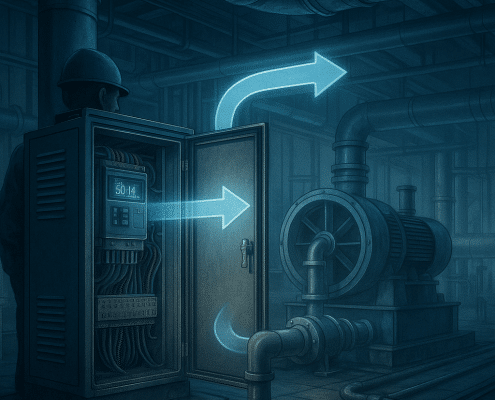
Variable Frequency Drive HVAC: Ultimate Energy‑Saving Guide
Upgrade your HVAC efficiency with Variable Frequency Drives. Our latest guide shows how VFDs cut fan and pump energy 30‑60 %, slash peak demand charges, and boost comfort through precise speed control. Discover best‑practice sizing tips, rebate opportunities, and side‑by‑side comparisons of ABB, Eaton, Yaskawa, Hitachi and Lenze drives—plus a real‑world case study that saved $888 k per year. Ready to modernize your plant? Download the full PDF now!
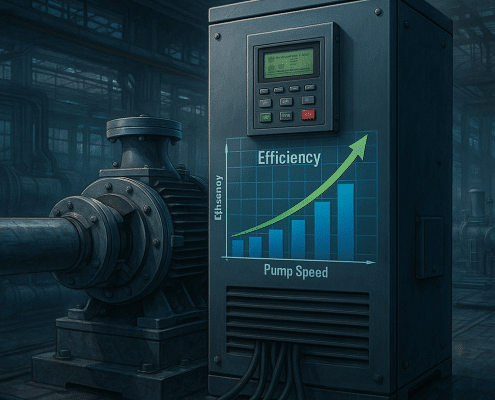
Variable Frequency Drive Pump Guide: Efficiency, Control & Products
Industrial pumps no longer have to run at one speed and drain your budget. Discover how a variable frequency drive pump slashes energy costs up to 50 %, stabilizes pressure within 1 psi, and extends equipment life by soft‑starting and eliminating water hammer. See real‑world paybacks under two years, plus built‑in analytics that flag issues before downtime strikes. Read the full guide and get our top product picks for seamless retrofits and new installations.
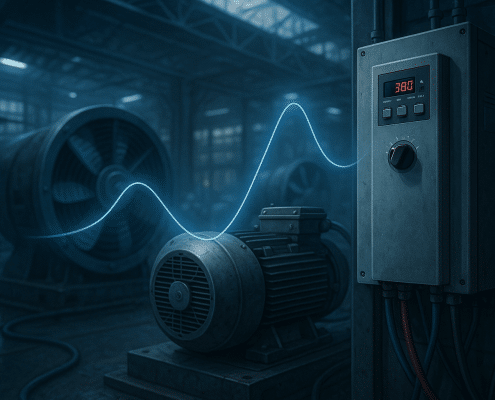
VFD Guide: Industrial Efficiency, Specs & Best Products
Precision Electric’s latest guide reveals how a modern variable frequency drive slashes fan and pump energy by up to half, smooths start‑ups, and extends equipment life. Compare leading models from ABB, Yaskawa, Eaton and Lenze, see real‑world payback data, and download the full technical PDF. Ready to stop running motors wide‑open? Read the article and discover instant savings.
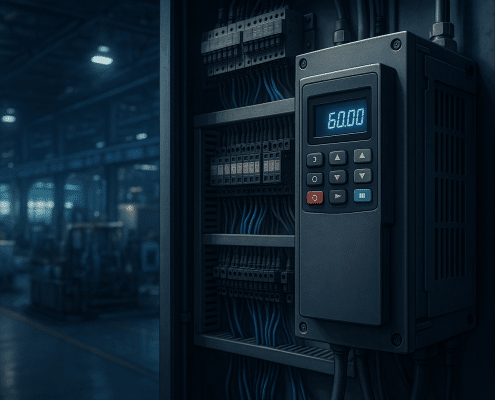
Frequency Drive Applications: Industrial Uses, Benefits & Selection
Upgrade your facility’s efficiency with our expert guide to frequency drives. From HVAC to manufacturing, learn how VFDs can reduce energy use by up to 50%, extend equipment life, and offer precise motor control. Explore top brands, application tips, and real-world case studies—all in one place.
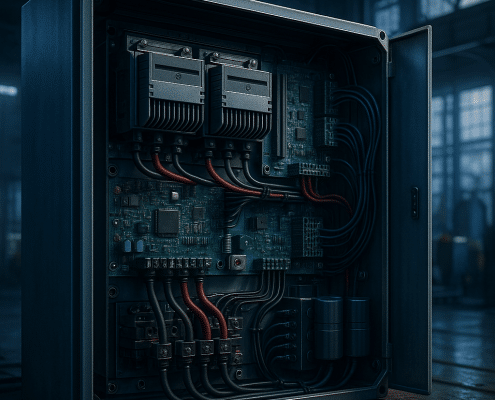
Variable Frequency Drive VFD: Specs, Standards & Case Studies
Precision Electric’s latest guide reveals how a modern variable frequency drive slashes fan and pump energy by up to half, smooths start‑ups, and extends equipment life. Compare leading models from ABB, Yaskawa, Eaton and Lenze, see real‑world payback data, and download the full technical PDF. Ready to stop running motors wide‑open? Read the article and discover instant savings.





